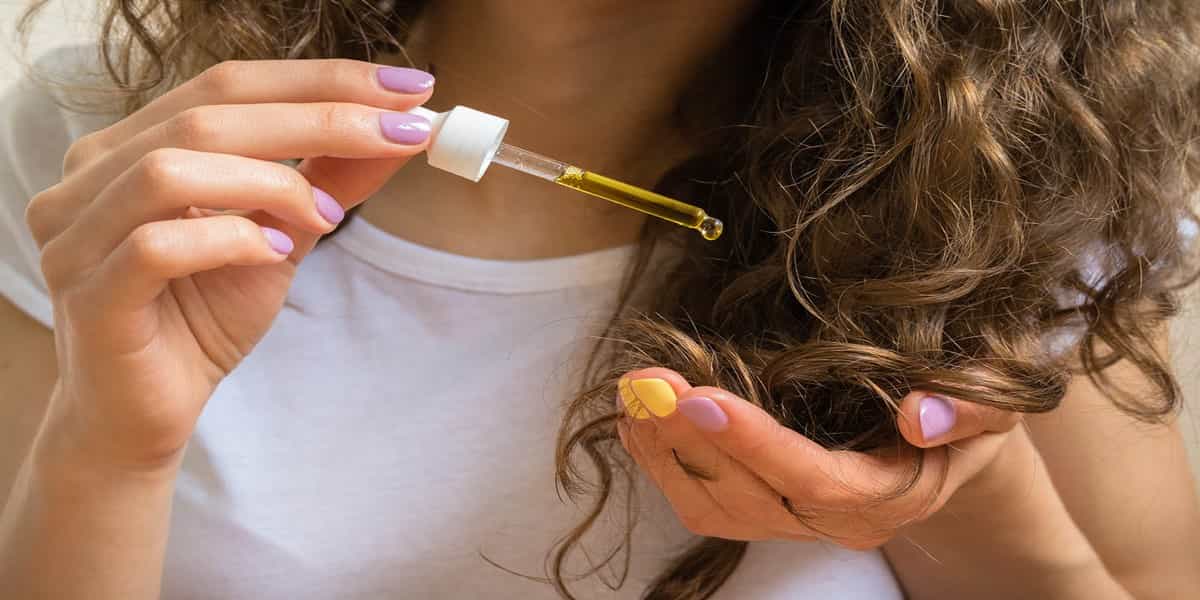Minoxidil
Doodlebrary
- Development and Initial Use:
- Minoxidil was originally developed in the 1950s as a treatment for ulcers, but it proved ineffective for this purpose.
- Later, it was repurposed as a vasodilator to treat hypertension (high blood pressure) under the brand name Loniten.
- Discovery of Hair Growth Effect:
- During trials for hypertension, researchers observed unexpected hair growth as a side effect. This led to its application as a topical treatment for hair loss.
- Minoxidil works by dilating blood vessels, improving blood flow to hair follicles, and prolonging the hair growth phase (anagen phase), which can help regrow hair.
- FDA Approval for Hair Loss:
- In 1988, the FDA approved Minoxidil for the treatment of male pattern baldness under the brand name Rogaine.
- It was later approved for use in women in 1991, and today it is available in both 2% and 5% formulations.
- Minoxidil is available in two forms:
- Topical solution: Applied twice daily (1 mL per application) for men and women.
- Foam: Applied once or twice daily, depending on gender and formulation.
- Common side effects include scalp irritation and changes in hair texture.
- Rare but serious side effects may include unwanted facial hair growth, chest pain, and dizziness if the drug is absorbed into the bloodstream
- Minoxidil should not be applied to irritated or infected skin, as this may increase absorption and lead to adverse effects.
- Pregnant or breastfeeding women should avoid using the drug.
- Visible hair regrowth may take 4 months or longer, and consistent application is necessary to maintain the results.
- Minoxidil is sold under various brand names worldwide, including Rogaine, Regaine, and Mintop.
